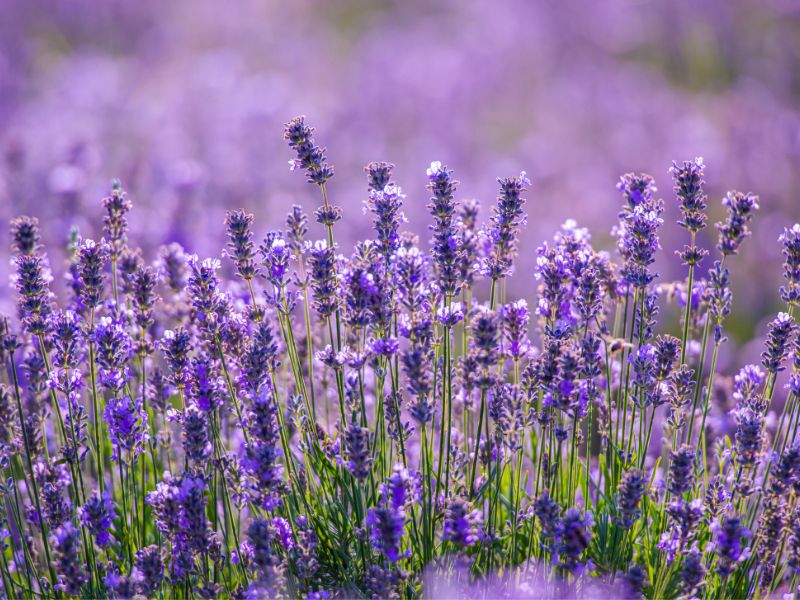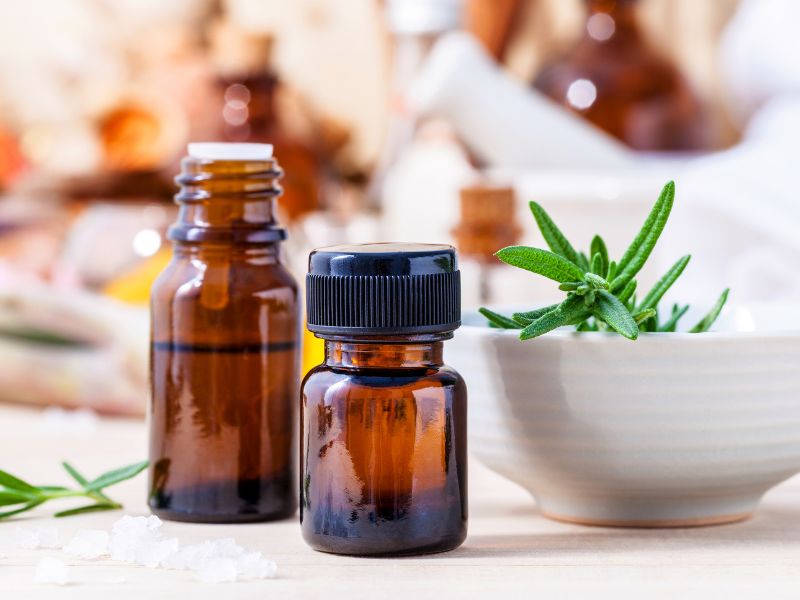For this reason, it is very important to identify the oil specifically by Latin name as L. intermedia has its own therapeutic uses and must not be interchanged with L. angustifolia. Camphor is a ketone known to have a stimulating effect. In addition, 1,8 cineole (eucalyptol) also has a stimulating effect. Since lavender’s reputation is primarily that of a sedative, the therapeutic results can be disappointing if the two lavender essential oils are used interchangeably.
Charting the Difference
| Lavender | Lavandin | |
| Source | Lavandula angustifolia (otherwise known as Lavandula officinalis) | Lavandula intermedia Hybrid: L. latifolia x L. angustifolia |
| Constituents | Linalool (25-28%), linalyl acetate (25-45%), 1,8 cineole (0%), and camphor (0%)) | Linalyl acetate (28-38%), 1,8 cineole (6-20%), and camphor (7-40%) |
| Oil Characteristics (color and scent) | Colorless to pale yellow; sweet, floral herbaceous | Colorless to pale yellow, yellow-green; similar but with camphor tones and rose-like note due to “rhodinol” |
| Therapeutic Action | More sedating | Less sedating |
The Importance of Chemotypes
Chemotypes that provide a specific constituent profile are also important for clinical aromatherapy. The two primary basil chemotypes commercially distributed provide a great example: Ocimum basilicum ct. methyl chavicol and Ocimum basilicum ct. linalool. The latter is the preferred chemotype to use when less methyl chavicol (also known as estragole) (which is potentially a toxic constituent) is preferred. Although the methyl chavicol chemotype is not extremely toxic and hazardous, clinical aromatherapists are cautioned to use it with care because of the increased risk of liver damage due to the glutathione depletion. It is contraindicated for clinical aromatherapy use if there is any estrogen-dependent cancer. (Tisserand, et al., 1996)




